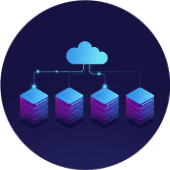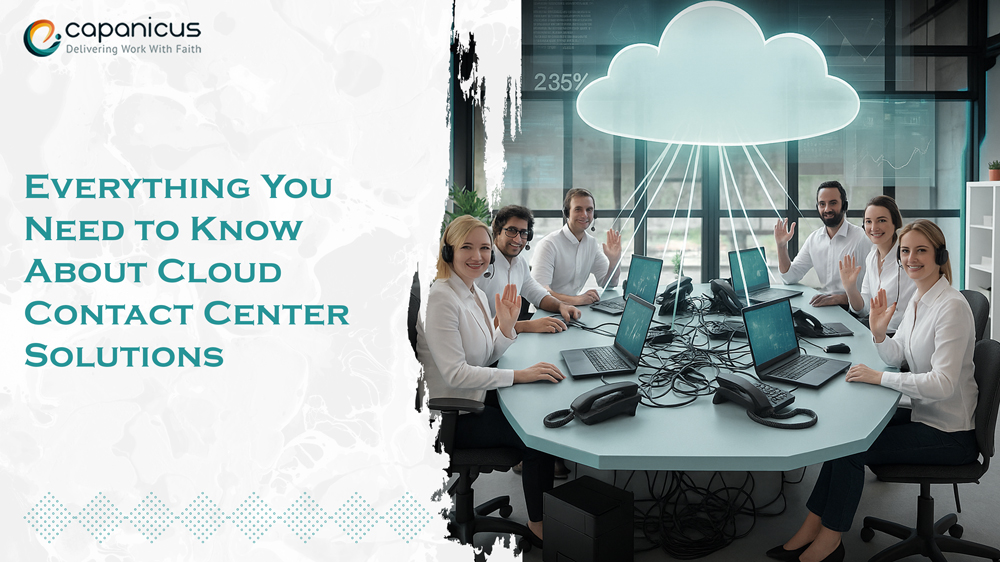By Capanicus 2025-05-05 11:27:04
By Capanicus – Your Trusted E-learning Development Company
Digital learning is a sector that is taking big steps in modifying its form. Immediacy, efficiency, and need became the sources of online education. It will no longer be a supportive tool, e-learning is becoming the knowledge of today, that people simply cannot live without. As the years pass by, the requirement for interactive, innovative, and broad-reaching e-Learning platforms is surging at lightning speed. Trends like E-learning Platform Development that are new in the market should be the first choice for the educational industry and EdTech companies to innovate and provide the students with experiences that match their methods of communication, cognition, and development in today’s world. Capanicus, being the best in the business, designs the most user-friendly and innovative E-learning applications and software solutions that are adaptable to future requirements for both teachers, students, and training providers. Now, we will discuss the new configurations your E-learning platform has to look in 2025 to be at the forefront and learner-driven: This implies that we will present some of the most attractive characteristics that the E-learning platform should have next year; this will guarantee its competitiveness and that it remains rooted in the learners’ needs.
AI-Driven Personalization
Artificial Intelligence is fundamentally changing the relationship between students and content. AI provides a mechanism through which the platforms can flexibly re-configure learning paths based on the user’s behavior, level of achievement, and preferences. Customized content suggestions, suitable questionnaires, and learning analytics techniques not only improve the level of engagement but also boost students’ memory. AI technology is also the reason for the increased use of smart tutors, chatbots, and automated grading, which frees up the educator’s time and provides more responsible support to the students. At our E-learning Software Development services, we use advanced AI modules to enable the platforms to facilitate individualized trips for each user.
Gamified Learning Environments
Gamification is no longer a trend; it is a necessity. Elements like points, badges, leaderboards, and challenges keep learners motivated and encourage healthy competition. Gamified features improve knowledge retention and make learning enjoyable. Modern E-learning Application Development must include built-in gamification engines that allow administrators to customize rewards, track progress, and drive learner interaction.
Real-Time Analytics & Reporting
Data is at the heart of smart decision-making. Instructors and organizations need detailed insights into learner performance, course effectiveness, and user engagement. A robust analytics dashboard with visual reports allows for quick action and continuous improvement. With our E-learning Development Services, we help clients incorporate real-time analytics tools that empower instructors and admins to monitor progress, detect learning gaps, and personalize teaching strategies.
Integrated Video Conferencing & Live Classes
Video content remains one of the most effective learning tools. Your platform must support seamless integration of live video sessions, webinars, and screen sharing. Built-in video conferencing or API integration with platforms like Zoom or MS Teams is essential for synchronous learning experiences. In hybrid learning models, where digital meets physical, E-learning Platform Development should prioritize smooth transitions between recorded content and real-time interaction.
Modular Microlearning Support
Attention spans are shrinking, and bite-sized content works best. Microlearning allows users to consume knowledge in small, digestible modules. This is especially useful for skill-based learning, compliance training, or professional development. We build platforms with modular architecture so that administrators can easily design, update, and organize micro-courses, offering flexibility and faster learning outcomes.
Multilingual and Accessible Design
An inclusive platform is a successful platform. Supporting multiple languages and accessibility features such as screen readers, keyboard navigation, and adjustable font sizes ensures that all learners can participate, regardless of location or ability. Capanicus includes full localization features and WCAG-compliant design in every E-learning Software Development project, making platforms globally accessible and inclusive.
Offline Learning & Mobile Accessibility
Learners need flexibility, especially in remote or low-connectivity regions. Platforms that support offline access allow users to download content, complete lessons, and sync progress once they are back online. As a leading E-learning Development Company, we prioritize mobile-first design and offline capabilities in our solutions, ensuring continuous learning on any device, anywhere.
Advanced Security and Data Protection
With growing concerns around data privacy, securing learner data is paramount. Platforms must follow strict security protocols like end-to-end encryption, GDPR compliance, and role-based access controls. Our E-learning Development Services include security audits, compliance checks, and regular updates to ensure user trust and platform integrity.
Seamless Third-Party Integrations
Your platform should play well with others. From Learning Management Systems (LMS) and CRMs to payment gateways and content libraries, third-party integrations enhance functionality and user experience. Our expertise in custom API development ensures that your platform connects effortlessly with the tools you already use.
Scalability & Cloud-Native Architecture
As your platform grows, it must scale effortlessly. Cloud-native platforms ensure high availability, disaster recovery, and smooth performance even with a large user base. Capanicus leverages cloud technologies like AWS, Azure, and Google Cloud to build scalable E-learning Applications that support your long-term growth.
Why Choose Capanicus?
Capanicus is more than a development partner; we are a strategic ally. With over a decade of experience in E-learning Platform Development, we help businesses, educational institutions, and EdTech innovators build next-gen learning platforms that deliver measurable impact. Whether you are looking to upgrade your existing system or launch a new one from scratch, our E-learning Development Services are designed to turn your vision into a powerful, feature-rich, and scalable solution.
Ready to build the future of education?
Partner with Capanicus — the E-learning Development Company that delivers results.
Read More












































































































